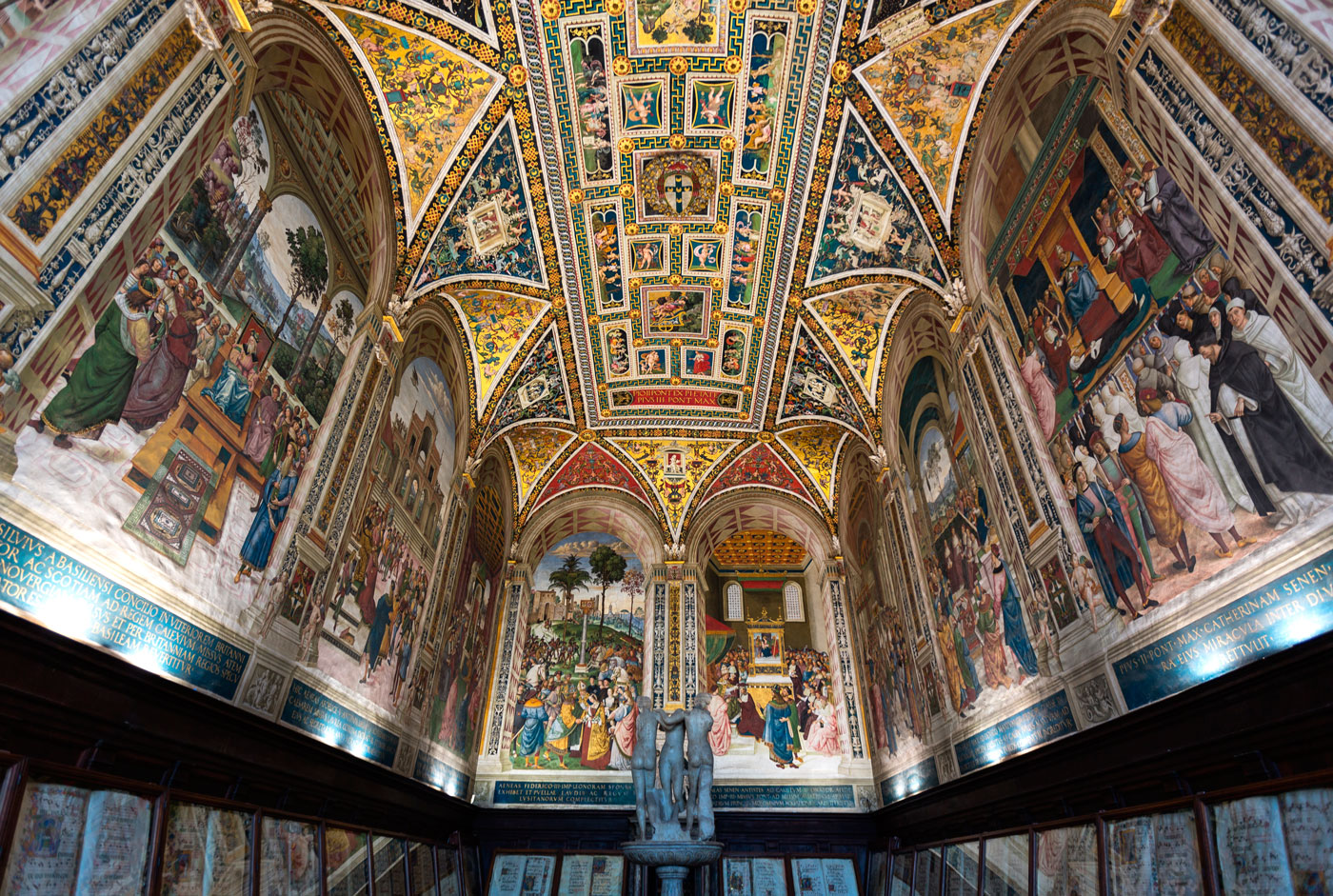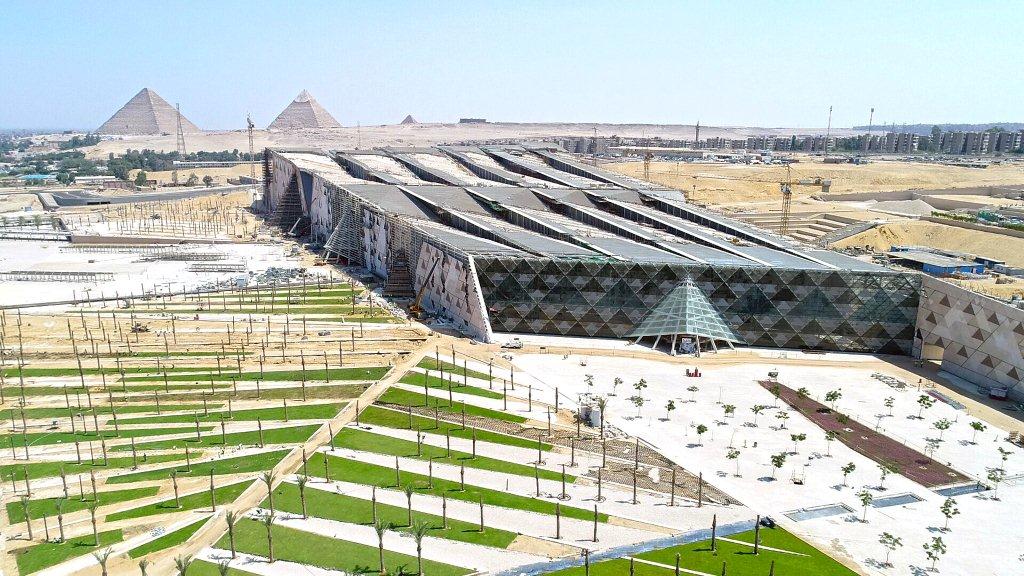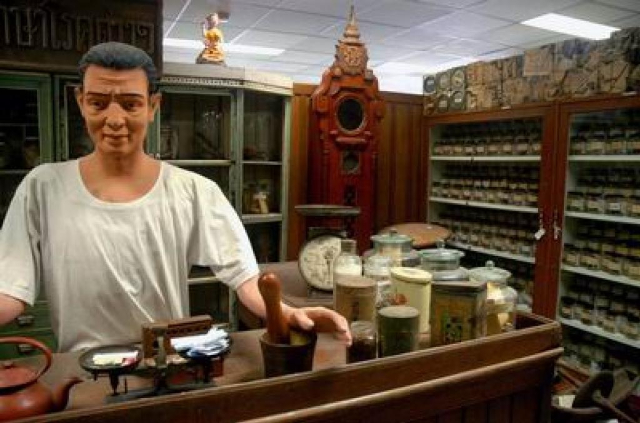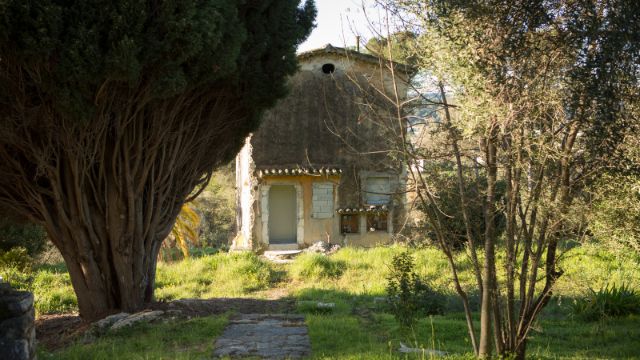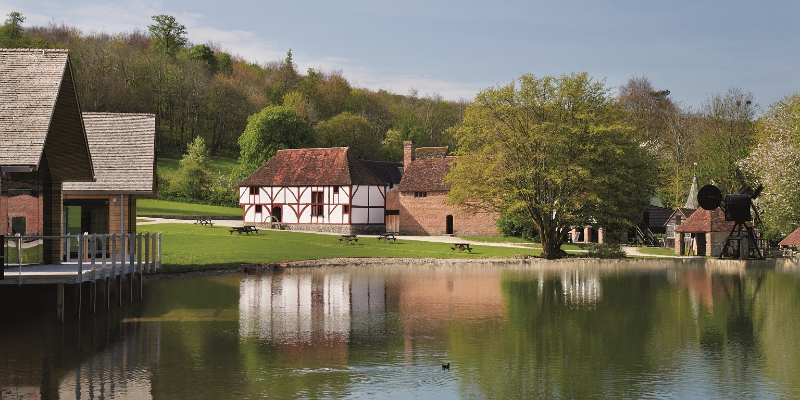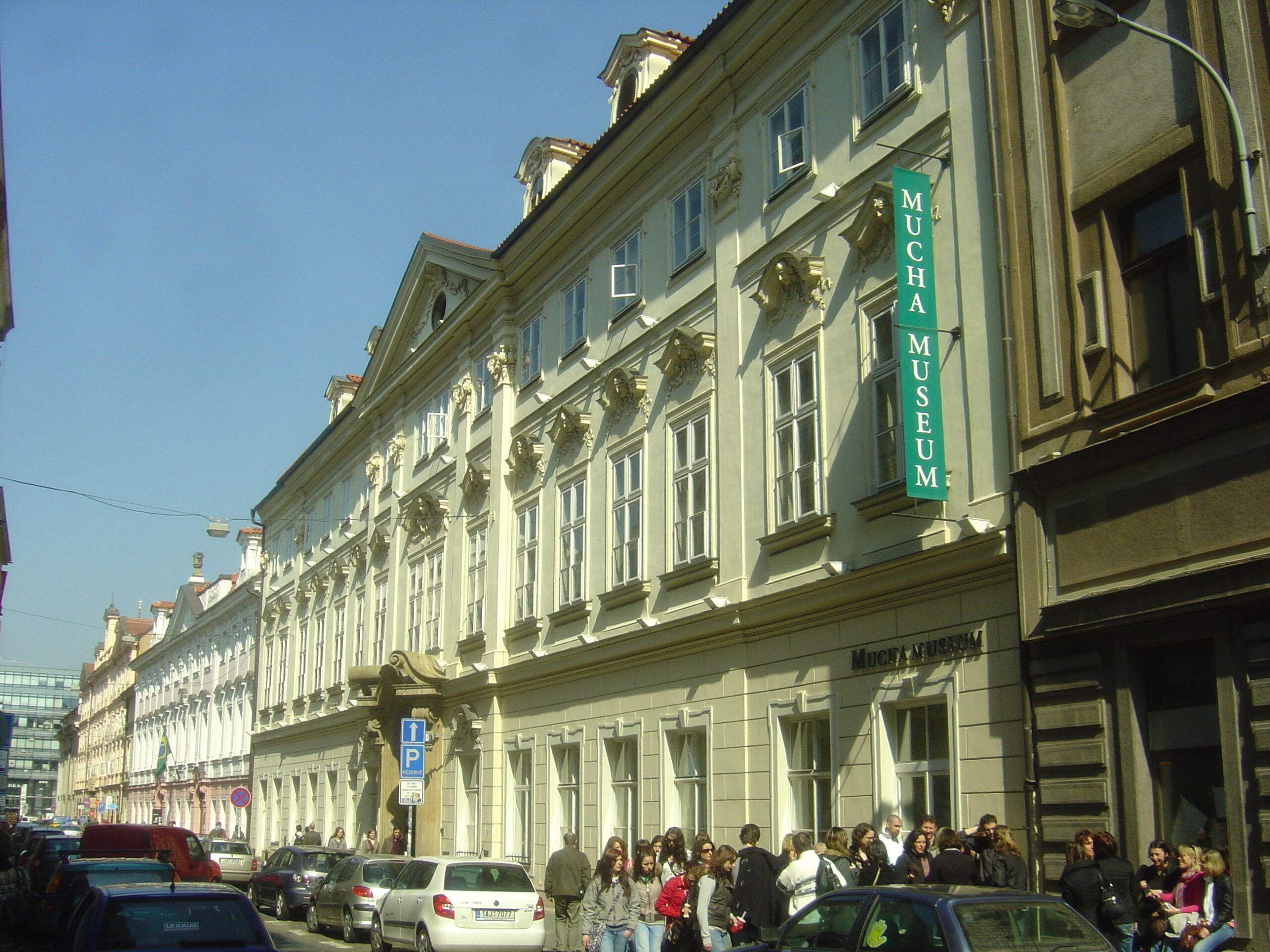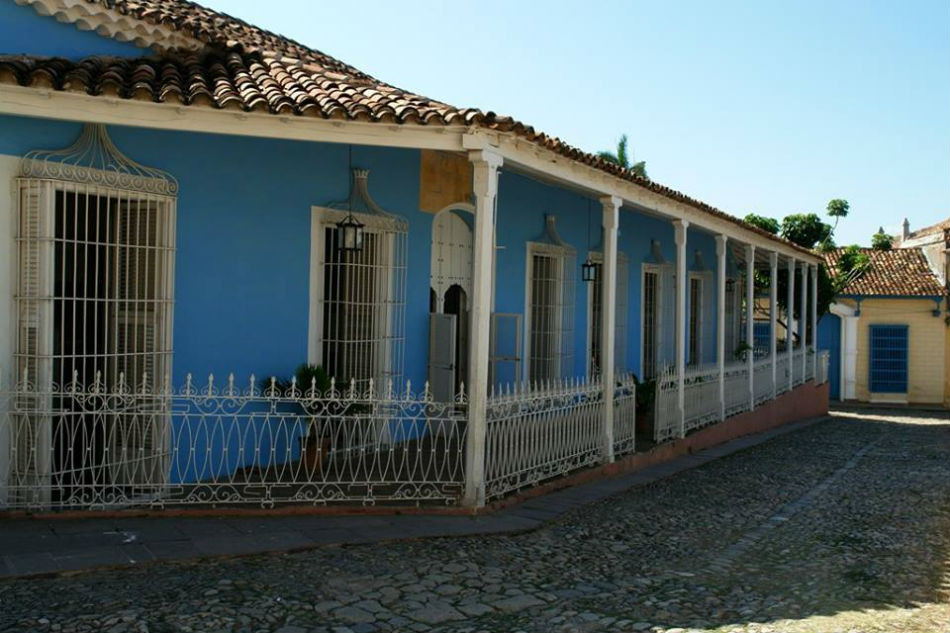To honor the memory of his maternal uncle Enea Silvio Piccolomini (Pope Pius II), and to preserve the rich bibliographical patrimony that the pontiff and humanist had collected while in Rome, Cardinal Francesco Todeschini Piccolomini, archbishop of Siena (later Pope Pius III), had a library built around 1492 in the rooms of the old rectory along the northwest side of the cathedral. Todeschini was inspired by the French tradition of having libraries attached to cathedrals and by the opening of Sixtus IV’s Vatican Library, which summarized the Renaissance intentions of creating an institution that would be a center of study and at the same time an artistic expression of the Modern Age.
As far as the chronology of the frescoes decorating the library is concerned, they were painted between 1503 and 1508 and celebrate the life and acts of the pontificate of Pius II, rich in evocations of real and imaginary landscapes and costumes, refined representations of ceremonies and characters, executed with a wealth of enamelled colours.We advise you to visit the Library, not so much to see the collection of manuscripts (which was never really made, there are only a few very beautiful hand-drawn ones) but to admire the frescoes by Pinturicchio and his pupils, among which a young Raphael Sanzio stands out. Here you can contemplate the colors, the prestigious clothes of the figures rich in unique details, the refined interiors and landscapes full of details.
The walls are divided into 10 scenes representing the most important events in the life of Pope Pius II, some of which we have already mentioned above: from his appointment as ambassador to the European courts to the moment when he pays homage to the new emperor and then to a suffering pope, to when he presents Eleanor to Frederick III, until he receives the office of cardinal and then Pope, and others.The ceiling still shows extraordinary frescoes: the main rectangle and half of the vault painted in blue, red and gold filled with grotesque frescoes. The family coat of arms is, as usual, placed in the center – be careful, if you look for the half-moon symbol in the room and on the frescoes you will suddenly realize that it is everywhere.
Also take a few minutes in the middle of the room and admire the wonderful copy of the Three Graces of Ancient Rome, a reproduction of the original work from the Hellenistic period (4-2 century BC).
